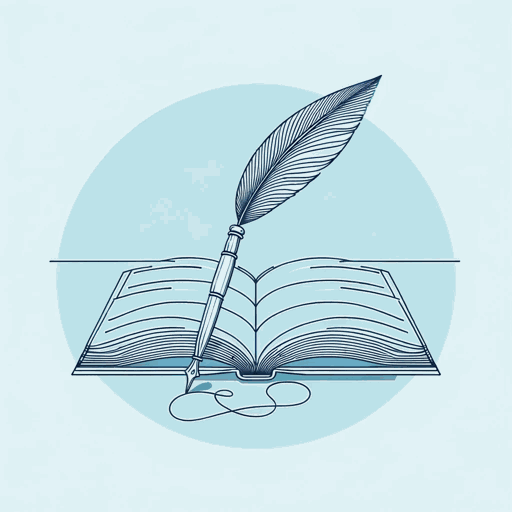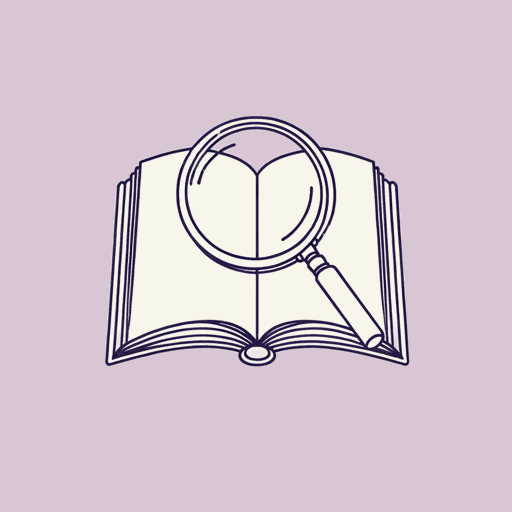67 pages • 2 hours read
Thomas C. FosterHow to Read Poetry Like a Professor: A Quippy and Sonorous Guide to Verse
Nonfiction | Book | Adult | Published in 2018A modern alternative to SparkNotes and CliffsNotes, SuperSummary offers high-quality Study Guides with detailed chapter summaries and analysis of major themes, characters, and more. For select classroom titles, we also provide Teaching Guides with discussion and quiz questions to prompt student engagement.
Part 2, Chapters 3-8Chapter Summaries & Analyses
Part 2: “How Is Poetry?”
Part 2, Chapter 3 Summary: “Redeeming the Time”
This chapter explores meter in more detail. Foster asserts that when it comes to meter, it is more important to pay attention to syllables than words. The most common type of metrical foot in the English language is the iamb, which comprises an unstressed syllable followed by a stressed one, as in the word “succeed.” The standard line in English poetry is iambic pentameter, which features metrical lines of five feet and normally 10 syllables.
However, to add interest to their work, poets often vary the metrical foot and the number of feet per line. Often these experiments with meter contribute to a poem’s meaning. For example, the iamb’s opposite, the trochee features a stressed syllable followed by an unstressed one as in the word “mother” while an anapest, a three syllable foot, features two unstressed syllables followed by a stressed one. This latter foot is thus used in comic poems, such as Clement Clark Moore’s The Night Before Christmas or works by Dr. Seuss. Metrical lines of more than five feet, such as iambic hexameter are also used to comic effect.
The analysis of metrical feet is called scansion, and in Foster’s view, when we practice it “what we’re really doing is finding out why we feel what we feel about the poem’s rhythm” (43).
Related Titles
By Thomas C. Foster


